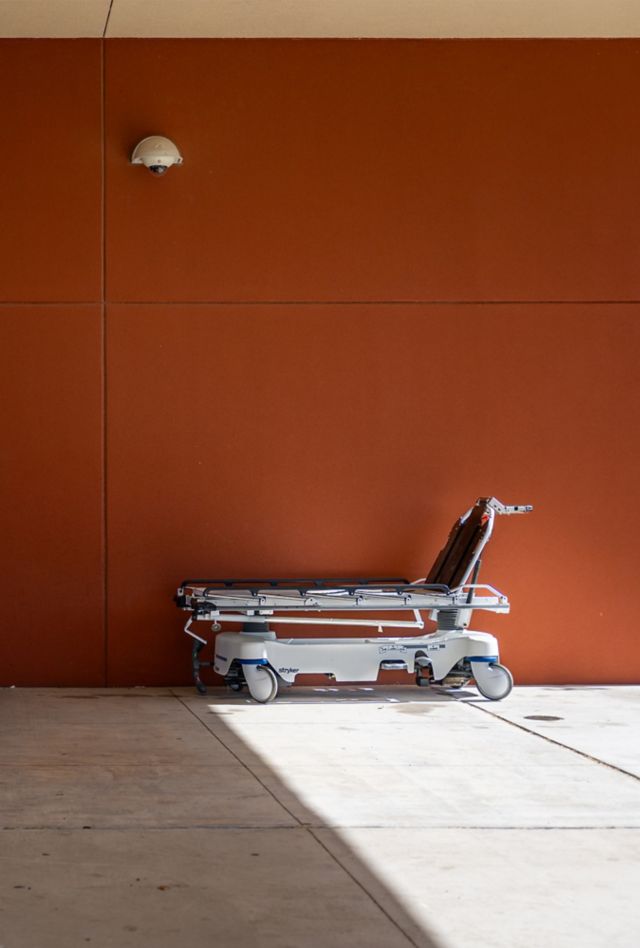Emergency Triage, Treat, and Transport Model Implementation and Monitoring

Problem
Medicare beneficiaries who use ERs for non-emergencies unwittingly drive up health care costs and decrease quality of care.
For several reasons, Medicare beneficiaries frequently call 911 for non-emergent health needs. What beneficiaries may not realize is that it may take longer to receive care if the emergency room (ER) is busy, that attending to non-emergent needs takes limited resources away from others with emergent needs, and that relying on the ER for non-emergencies drives up costs for everyone.
In response, the Centers for Medicare & Medicaid Services (CMS) developed and tested the Emergency Triage, Treat, and Transport (ET3) Model. The model provided Medicare fee-for-service beneficiaries who resided in areas with a participating ambulance provider the option to receive treatment for their non-emergent health care needs at home or at an alternate care site. These sites included primary care offices, community mental health centers, and urgent care clinics. CMS wanted to understand the net savings created by the ET3 Model.
Solution
NORC supported the development of ET3 Model claim-based quality measures, net-savings to Medicare calculations, and a performance-based payment methodology.
NORC and Booz Allen Hamilton collaborated on the development and testing of claim-based measures to evaluate and document the quality and financial impacts of the ET3 Model. We also co-developed algorithms to calculate Net Saving to Medicare (NSM) and a Performance-Based Payment (PBP) methodology. Next, we calculated performance-based incentives for participating ambulance providers who demonstrated better quality of care and lowered costs to Medicare.
NORC’s subject matter experts and statisticians worked closely with CMS to calculate NSM. We constructed a statistical model to identify similar geographic areas as the participating ambulance providers’ self-reported Model Region, and to apply Medicare Payment Standardization Methods. We then compared the cost of the ET3 Interventions across locations and settings to the expected Medicare spending if the beneficiary had gone to the ER. NORC then developed the methodology to determine ambulance provider incentive payments based on their risk-adjusted quality scores.
Because of the limits of what information is included in claims data and regional differences in ER utilization across the United States, developing a technique to calculate the financial savings of an alternative approach to health care and a performance-based incentive payment model was complicated. NORC’s subject matter experts and statisticians worked closely with CMS to develop an approach to each.
Result
CMS has evidence that the ET3 Model created net savings.
As of December 2023, 72 ambulance providers and 2,964 Medicare beneficiaries had participated in the ET3 Model program. Our research found an average savings of $500+ per 911 call whenever a beneficiary received care either at the scene or was transported to a health care facility that was not the hospital emergency room. Of the total number of ET3 Interventions (3,397), the vast majority (3,144) were done in place.
CMS will use these and other ET3 Model findings to help inform the development of potential future initiatives.
Project Lead
Learn More About the Study
Related Tags
Project Leads
-
Barbara Fernandez
Associate DirectorProject Director -
Shriram Parashuram
Program Area DirectorSubject Matter Expert -
Wen Hu
Senior Data ScientistData Scientist -
Devi Chelluri
Senior StatisticianStatistician












